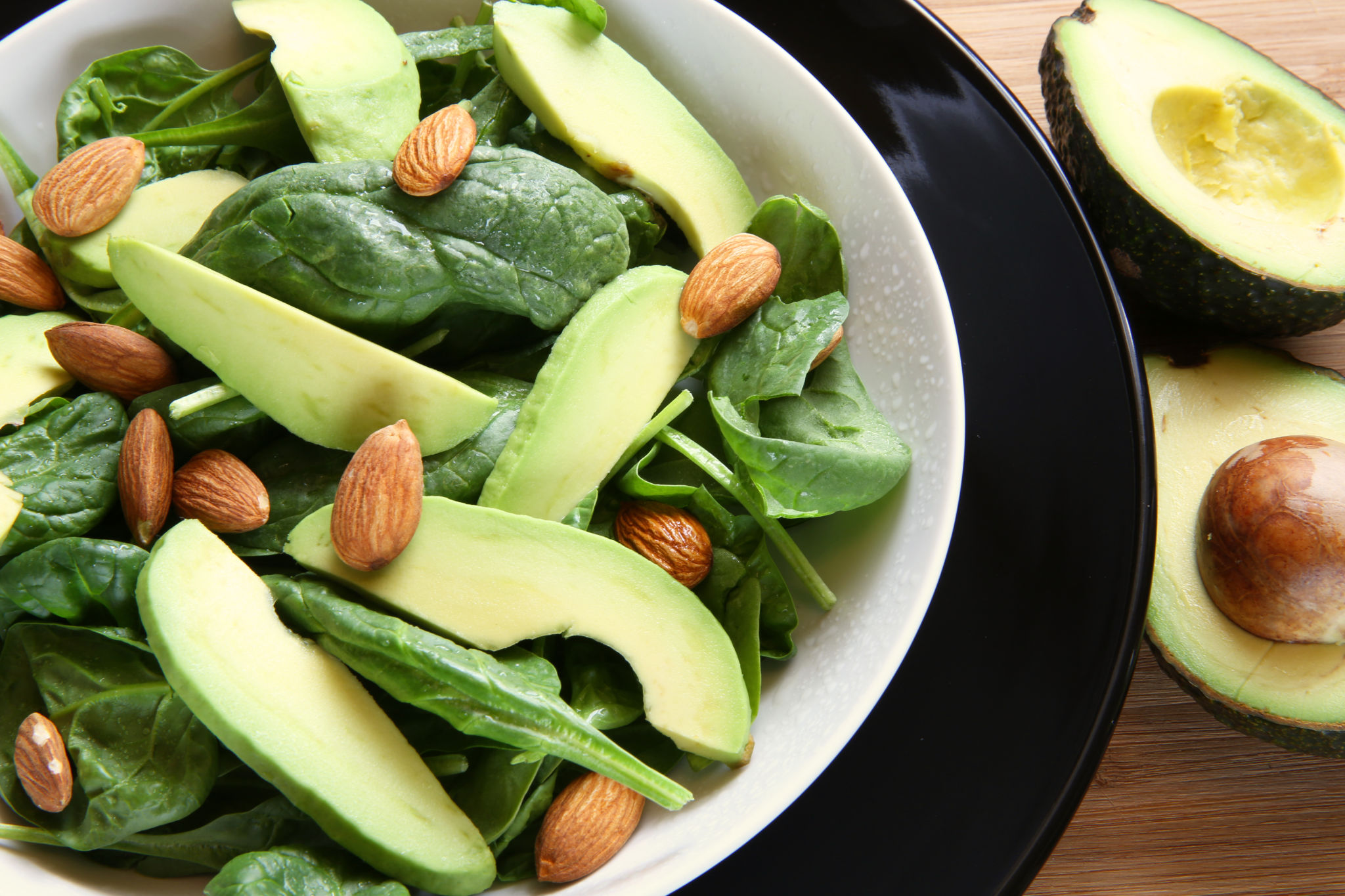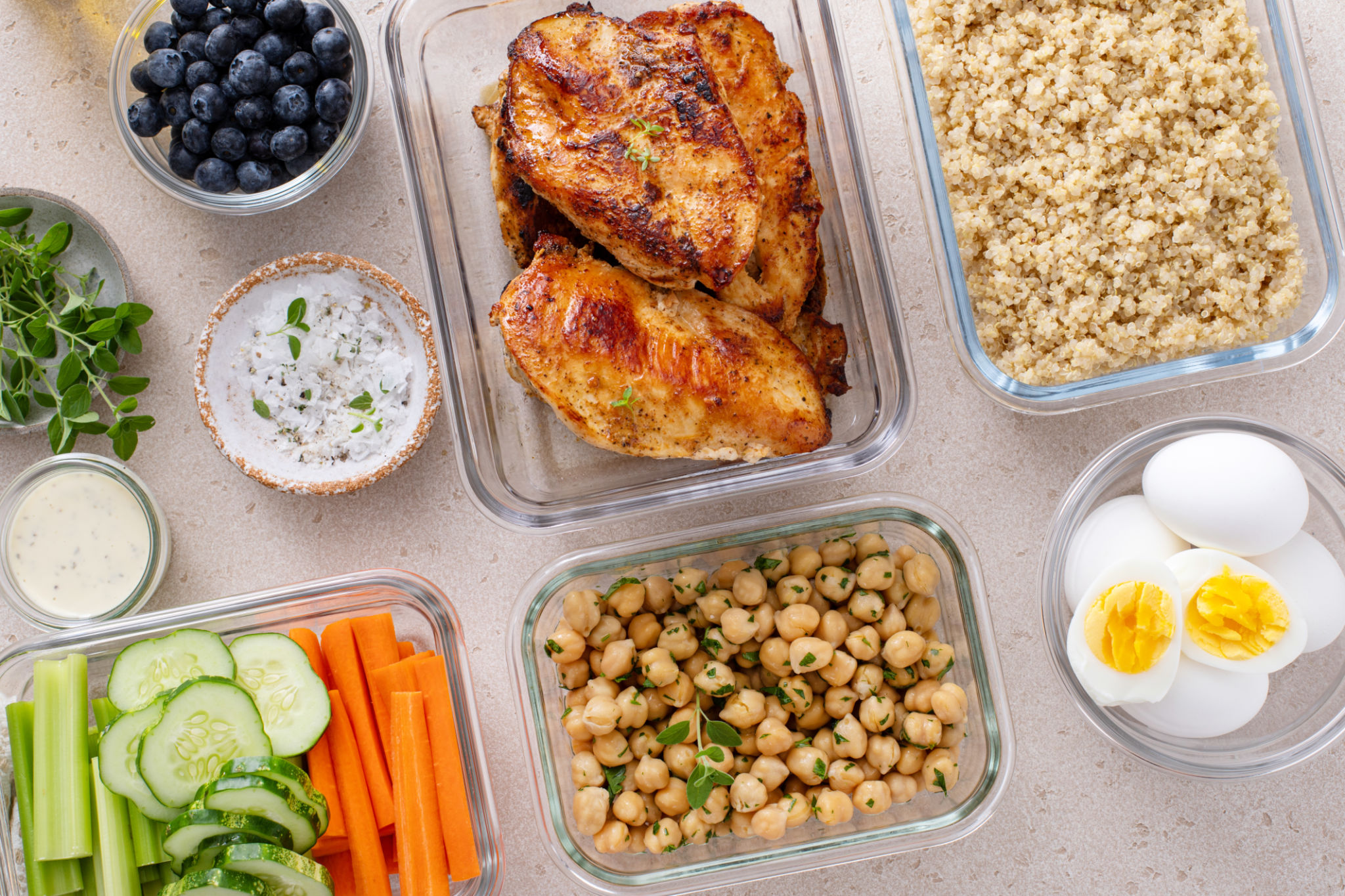A Guide to Diabetes-Friendly Meals: Balancing Flavor and Health
Understanding Diabetes and Diet
Living with diabetes requires a careful balance between maintaining blood sugar levels and enjoying a variety of flavors in meals. With the right approach, it's entirely possible to enjoy delicious food while keeping health in check. This guide will walk you through creating diabetes-friendly meals that don't compromise on taste.

The Importance of Carbohydrate Counting
Carbohydrates have the most significant impact on blood sugar levels, making it crucial to monitor their intake. Learning to count carbs effectively can help in planning meals that are both satisfying and healthy. Focus on complex carbohydrates like whole grains, fruits, and vegetables, which provide essential nutrients and are digested slower than simple carbs.
Choosing the Right Carbohydrates
Incorporate foods such as:
- Whole grain bread and pasta
- Brown rice or quinoa
- Non-starchy vegetables like spinach and broccoli
- Fruits like berries and apples in moderation
Protein: A Key Component
Protein is an essential part of any meal plan, especially for those with diabetes. It helps in maintaining muscle mass and can keep you feeling full longer, which aids in weight management. Opt for lean protein sources to avoid excess fat intake.

Healthy Protein Choices
Consider incorporating the following into your meals:
- Skinless poultry, such as chicken or turkey
- Fish, particularly fatty fish like salmon and tuna
- Legumes, including beans and lentils
- Nuts and seeds in moderation
The Role of Healthy Fats
Not all fats are bad. Healthy fats can be beneficial for heart health and can improve blood sugar control. They should be consumed in moderation due to their high-calorie content. Focus on unsaturated fats found in plant-based foods and fish.

Incorporating Healthy Fats
Include sources such as:
- Avocados
- Olive oil or canola oil for cooking
- Nuts like almonds and walnuts
- Fatty fish like mackerel and sardines
Meal Planning Tips for Success
Effective meal planning is crucial for managing diabetes. Start by setting consistent meal times and avoiding long gaps between meals. This helps in maintaining stable blood sugar levels throughout the day. Preparing meals at home can also give you better control over ingredients and portion sizes.
Portion Control Techniques
Consider using the plate method to ensure balanced meals:
- Fill half your plate with non-starchy vegetables.
- Reserve one-quarter for lean proteins.
- The remaining quarter can be for whole grains or starchy vegetables.

Conclusion: Enjoying Flavor while Staying Healthy
Creating diabetes-friendly meals is about making smart choices that balance nutrition with flavor. By focusing on whole, nutrient-dense foods and practicing portion control, you can enjoy a wide variety of dishes without compromising your health. With careful planning, living with diabetes can mean living well — with meals that are both healthy and delicious.